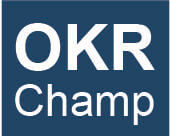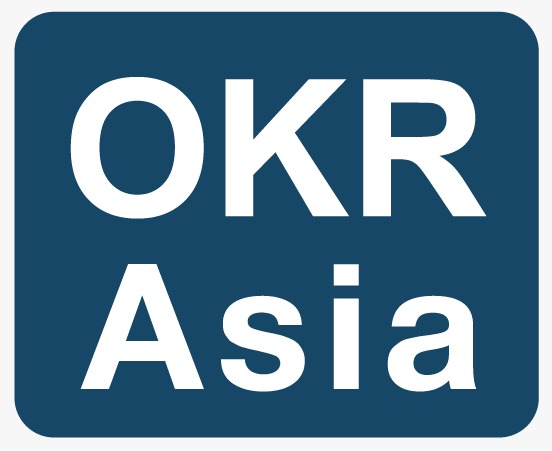Understanding the difference between OKRs and SMART Goals
Understanding the difference between OKRs and SMART Goals
Using the OKR methodology, a team can set and achieve ambitious goals by selecting objectives and key results. Objectives are usually short, qualitative, and engaging. Having key results helps in keeping track of progress towards the goal. Each objective is accompanied by three to five key results.
SMART goals (or SMART criteria) refer to a goal-writing guide that outlines five standards for choosing goals. These state that goals should be:
- Specific: Concentrate on improving a specific area
- Measurable: Assess progress by using metrics
- Achievable: ensure one can achieve goals with the given resources
- Realistic: Show what results can realistically be achieved using the resources at one’s disposal
- Timely: Set a deadline for goals
Thus, OKRs provide a framework for setting goals and SMART goals provide a structure to write them
1. OKRs are aspirational, SMART goals are tactical
The aim of OKRs is also to challenge teams and organizations to set ambitious goals that are likely to be achieved 60-80% of the time. These goals often require collaboration, lateral thinking, and innovative ways of working.
SMART goals, on the other hand, tend to be process-oriented, so they are achievable and involve completing daily tasks.
2. OKRs are not tied to compensation, SMART goals can be
As OKRs are used to create aspirational goals, they should not be tied to compensation. Not mixing OKRs with compensation makes employees more likely to set ambitious goals that inspire innovation and constructive failure. On the contrary, SMART goals are often tied to compensation as they are achievable and more individualistic.
3. In contrast to SMART goals, OKRs are flexible
As new changes emerge in an organization’s business environment, OKRs must be updated, renewed, or scrapped. This flexibility ensures that OKRs do not become outdated. Therefore, businesses can set OKRs monthly, quarterly, or annually. Organizations, on the other hand, should not alter their SMART goals after they have been set. As a result, the majority of SMART goals are updated every year.
4. OKRs are public, SMART goals are private
OKRs and SMART goals vary in their transparency. The OKR framework encourages visibility across the organization and the progress accessible to everyone in the business. Meanwhile, SMART goals tend to be more private (unless the organization wants to make them public).
5. A SMART goal is determined top-down, whereas an OKR is determined cross-functionally or bottom-up.
There are three ways of setting OKRs: top-down, bottom-up, or cross-functional. On the other hand, as SMART goals are created for individuals, they tend to adopt a top-down approach. In this way, they have greater authority (but less alignment with the organization as a whole).
6. OKRs measure multiple metrics, whereas SMART goals measure a single metric
It is common for SMART goals to be measured by a single metric, while OKRs are typically measured by multiple metrics. Accordingly, SMART goals tend to approach success from a narrow perspective, while OKRs view success from a more holistic perspective.
Conclusion:
Goal-setting enable organisations to keep up with the competition, leverage new business opportunities, and explore emerging markets. It also helps all the employees to share information and collaborate with each other. Hence, organisations should strive to strike a perfect balance between the use of OKRs and SMART goals depending on the nature of the work (innovation vs. operations), the qualification and engagement level of the staff.










